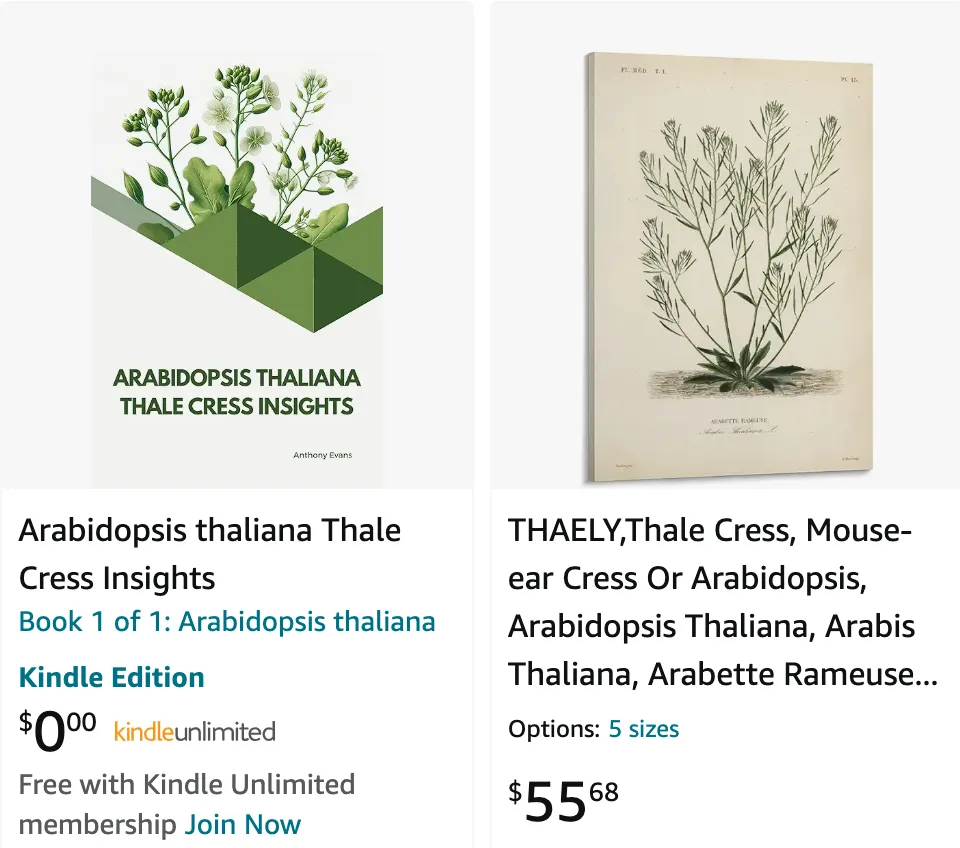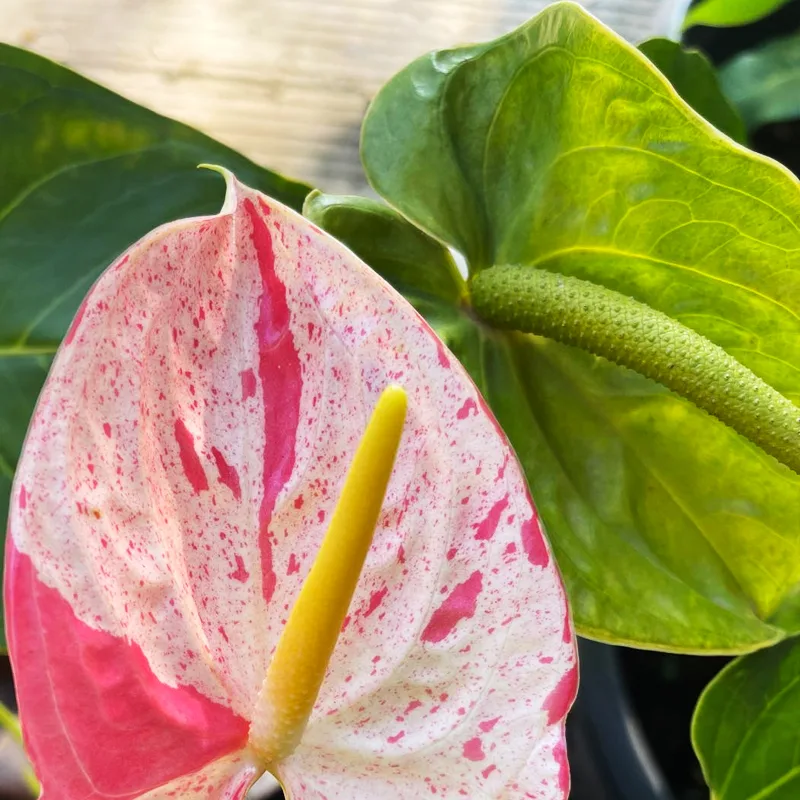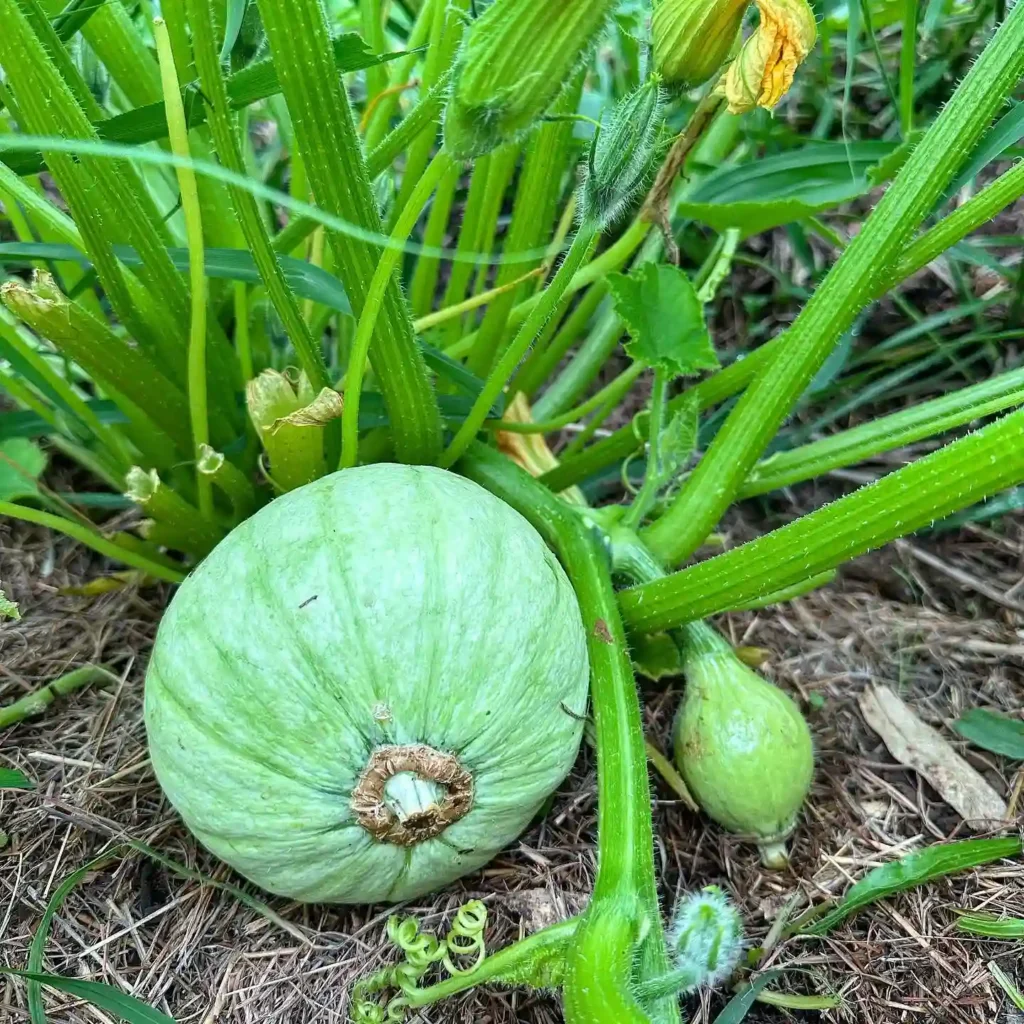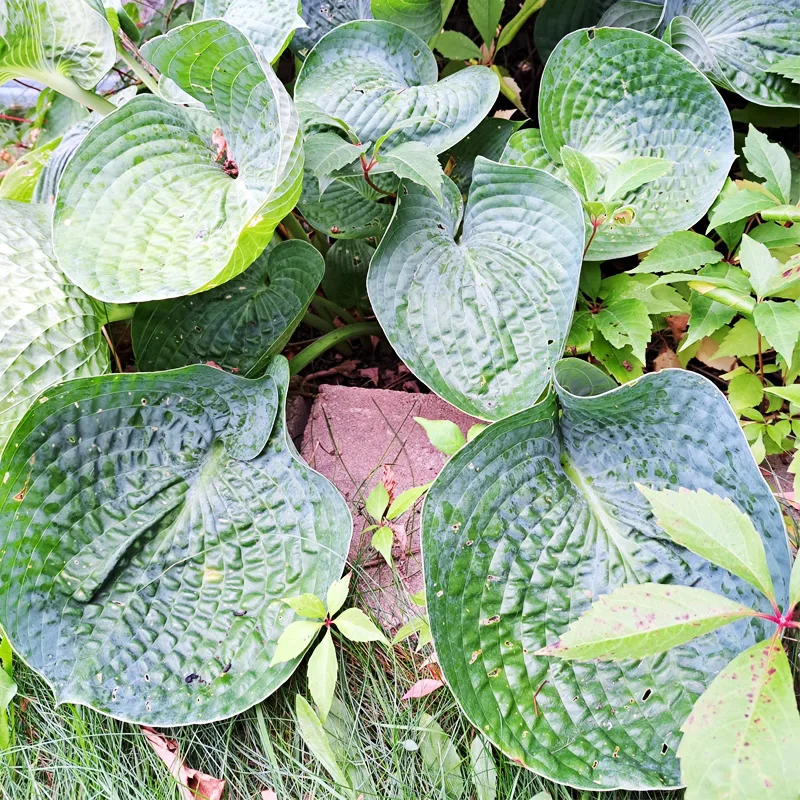
As an enthusiast in plant biology, I’ve come across many fascinating species, but Arabidopsis thaliana holds a special place in my heart due to its unique characteristics and significant role in scientific research. Here are some frequently asked questions about Arabidopsis thaliana that I’ve encountered, along with detailed answers based on my experiences and research.
12 Species in Genus Arabidopsis
What is Arabidopsis thaliana?
Arabidopsis thaliana, often referred to simply as Arabidopsis, is a small flowering plant native to Eurasia. It belongs to the Brassicaceae family, which includes other well-known plants like mustard and cabbage. This plant is widely studied in the field of plant biology due to its simple genome and short life cycle. It’s an annual plant, meaning it completes its life cycle in one year, making it ideal for research purposes.
How to Grow Arabidopsis thaliana Seeds?
Growing Arabidopsis thaliana from seeds is relatively straightforward. Here’s a step-by-step guide based on my experience:
- Sowing the Seeds: Scatter the seeds on the surface of a moist, well-draining soil mix. Since the seeds are tiny, avoid burying them deep; a light press into the soil surface suffices.
- Light and Temperature: Place the seed trays under fluorescent lights or in a location that receives indirect sunlight. Maintain a temperature between 20-23°C (68-73°F).
- Watering: Keep the soil consistently moist but not waterlogged. I usually use a spray bottle to mist the soil lightly.
- Germination: Seeds typically germinate within a week. Once the seedlings have a few true leaves, thin them out to avoid overcrowding.
Why is Arabidopsis thaliana Used as a Model Organism?
Arabidopsis thaliana is a preferred model organism for several reasons:
- Small Genome: It has a small genome, with approximately 135 million base pairs and around 27,000 genes, which simplifies genetic studies.
- Rapid Life Cycle: Its quick life cycle, around six weeks from germination to seed production, allows for fast experimentation.
- Ease of Cultivation: It’s easy to grow in a laboratory setting, requiring minimal space and resources.
- Genetic Tools: There are numerous genetic tools and resources available, including a fully sequenced genome, making it easier to manipulate and study its genetics.
How Many Chromosomes are in Arabidopsis thaliana?
Arabidopsis thaliana has five pairs of chromosomes, totaling ten chromosomes. This small number of chromosomes is another factor that makes it an attractive model organism for genetic studies.
What is the Common Name for Arabidopsis thaliana?
The common name for Arabidopsis thaliana is “thale cress”. Other names include “mouse-ear cress” and “Arabidopsis.”
Can Arabidopsis thaliana Exist as a Haploid Organism?
Yes, Arabidopsis thaliana can exist as a haploid organism, although it is naturally diploid. Haploid plants, containing only one set of chromosomes, are particularly useful in genetic research and plant breeding because they can simplify the study of recessive traits.
Can Arabidopsis thaliana Mate with Different Plant Species?
Arabidopsis thaliana primarily self-pollinates, but it can cross-pollinate with other plants within the Brassicaceae family under controlled conditions. However, cross-species mating is generally rare and often requires specific techniques to achieve.
Do Arabidopsis thaliana Have Hair?
Yes, Arabidopsis thaliana has small hair-like structures called trichomes on its leaves and stems. These trichomes can vary in density and are often used as a model for studying cell differentiation and development.
Is Arabidopsis thaliana a Dicot Plant?
Yes, Arabidopsis thaliana is a dicotyledonous plant, commonly referred to as a dicot. Dicots have two embryonic leaves or cotyledons in their seeds.
Does Arabidopsis thaliana Have a Regional Centromere?
Arabidopsis thaliana has point centromeres, unlike regional centromeres found in some other plants. Point centromeres are smaller and more defined, which aids in genetic and cytological studies.
How to Care for Arabidopsis thaliana?
Caring for Arabidopsis thaliana involves maintaining optimal growing conditions:
- Lighting: Ensure they receive about 16 hours of light per day.
- Temperature: Keep the environment between 20-23°C (68-73°F).
- Watering: Water regularly to keep the soil moist but not saturated.
- Nutrients: A balanced, dilute fertilizer can be used occasionally to promote growth.
How to Propagate Arabidopsis thaliana?
Arabidopsis thaliana is primarily propagated through seeds. After the plant flowers and produces seeds, collect them and store them in a cool, dry place until ready to sow. Ensure the seeds are mature and dry before storage to maintain viability.
What to Plant with Arabidopsis thaliana?
In a laboratory setting, Arabidopsis thaliana is usually grown alone. However, in a garden, it can be planted with other small, non-invasive plants. Since it has a short life cycle, it’s often used in rotations with other crops or as a cover crop.
Arabidopsis thaliana is an exceptional plant for research and educational purposes. Its ease of cultivation and extensive genetic resources make it a cornerstone in plant biology studies.
If i die, water my plants!



